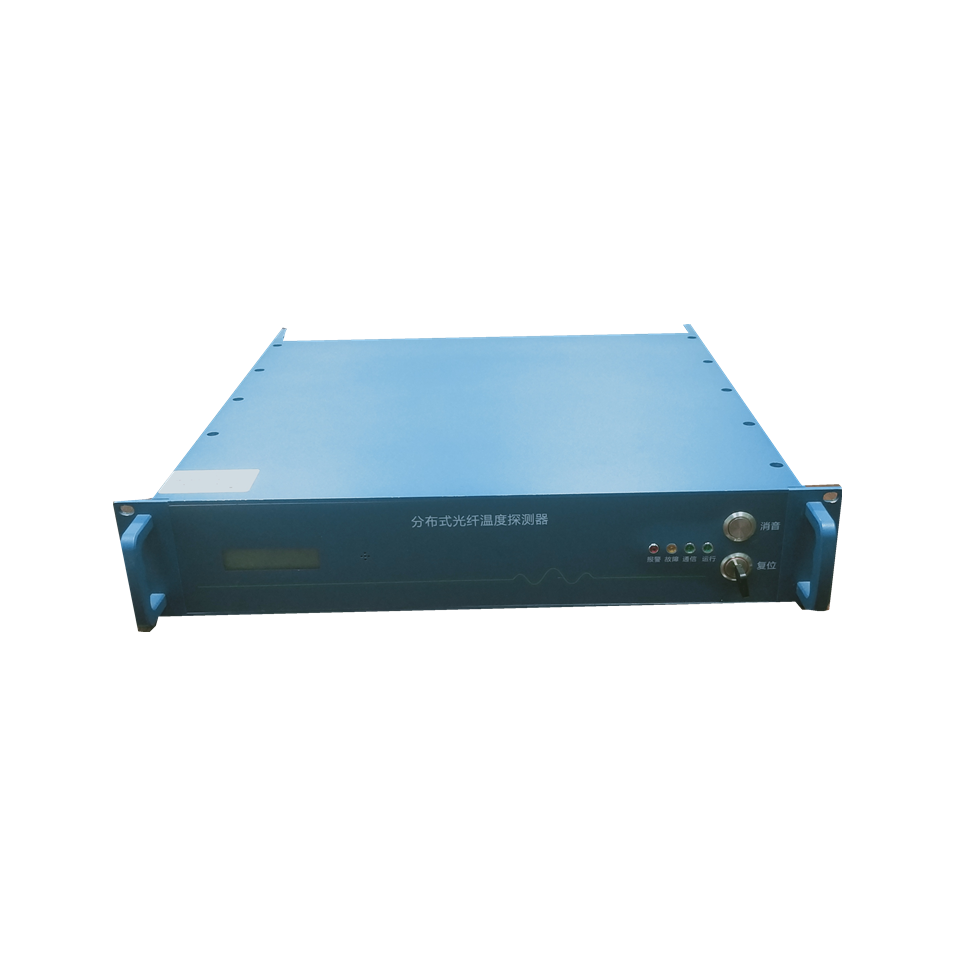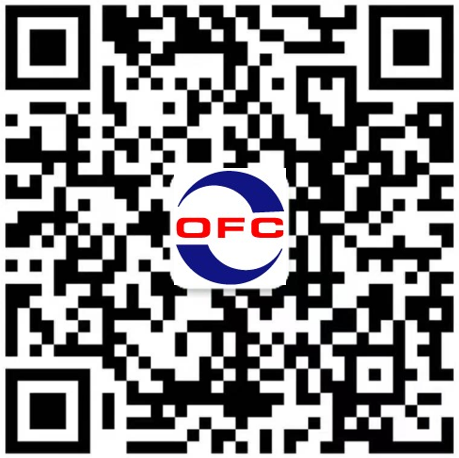- IOT-DMT distributed optical fiber temperature measurement system
The IOT-DMT distributed optical fiber temperature measurement system is mainly aimed at the needs of long-distance real-time temperature monitoring such as tunnel traffic, power transmission, oil and gas pipeline transmission, and adopts advanced distributed optical fiber sensing technology to achieve real-time temperature monitoring of monitoring terminals, equipment pipeline operating status and other high-pressure equipment. Detect and monitor the temperature anomalies in the operation of pipelines, cables and equipment in advance, and give early warning, greatly reducing the accident rate and reducing various economic losses caused by equipment temperature anomalies.
The system adopts a new design, with excellent performance index and system stability; The system has high detection sensitivity, good consistency and repeatability, can be distributed measurement, and high measurement accuracy; Application field no electric detection, intrinsically safe, anti-electromagnetic interference, anti-lightning; Especially suitable for petroleum, hot gas pipeline, chemical industry, metallurgy, electric power, fire, energy, storage, military, nuclear industry and other places to use.
Compared with traditional sensors, distributed fiber temperature measurement systems have natural advantages, including:
(1) Continuous distributed measurement
The distributed optical fiber sensor is a truly distributed measurement, which can continuously obtain the measurement information along the detection cable tens of kilometers, and the false positive and false negative rate are greatly reduced. Real-time monitoring is also realized.
Lightning often destroys a large number of electrical sensors. Optical fiber sensors can resist the impact of high voltage and high current due to their complete electrical insulation.
The two outstanding advantages of optical fiber are the large amount of data transmission and small loss, and the remote monitoring of tens of kilometers can be achieved without relaying.
In theory, the sensitivity and measurement accuracy of most optical fiber sensors are better than that of general sensors, and the actual mature products have also proved this.
The material of optical fiber is generally quartz glass, which has the characteristics of non-corrosion, fire resistance, water resistance and long life, and can usually serve for 20 years. Considering the sensor's own cost and later maintenance costs, the use of optical fiber sensors can greatly reduce the final operating costs of the entire project.
(2) Anti-electromagnetic interference, can work normally in a high electromagnetic environment
The fiber itself is composed of quartz material, completely electrically insulated; At the same time, the signal of the optical fiber sensor is based on the optical fiber as the carrier, which is inherently safe and is not interfered by any external electromagnetic environment.
(3) Intrinsic lightning protection
(4) The measurement distance is far, suitable for remote monitoring
(5) High sensitivity, high measurement accuracy
(6) Long life, low cost, simple system
|
Generic type |
Distributed fiber, differential temperature, recoverable, distributed positioning, detection type |
|
Maximum number of channels |
4/8 channels |
|
Fiber type |
Standard 62.5/125 multimode fiber |
|
Single channel maximum detection point distance |
10/14 Km |
|
Alarm temperature Settings |
60 ℃ / 70 ℃ / 85 ℃ |
|
Operating temperature error |
Plus or minus 10% |
|
Temperature accuracy |
+ / - 1 ℃ |
|
Operating temperature |
- 10 ℃ to 50 ℃ |
|
Positioning accuracy |
±1 m |
|
Working relative humidity |
0% ~ 95% |
|
Working power supply |
24VDC±15% |
|
Fuse
current rating/ |
1.4 A / 1.25 A |
|
Power Consumption |
< 15W |
|
Output terminals |
1 group of normally closed host fault alarm switch signals |
|
Internal structure |
Embedded system, non-industrial computer. |
|
Communication interface |
RJ45
network output (1) |
|
Signal processing unit dimensions (W * H * D) |
436mm *89mm *503mm |
|
Mounting method |
2U chassis/rack mount (with display screen) |
|
Temperature sensing cable connection port type |
E2000/APC |
|
Minimum sensitive unit of temperature sensing cable |
0.5 m |
|
Temperature sensing cable diameter |
The 2.5 mm |
|
Fading |
< 0.6 dB/km |
|
Minimum bend radius |
300mm |
|
Maximum allowable pull |
100N |








